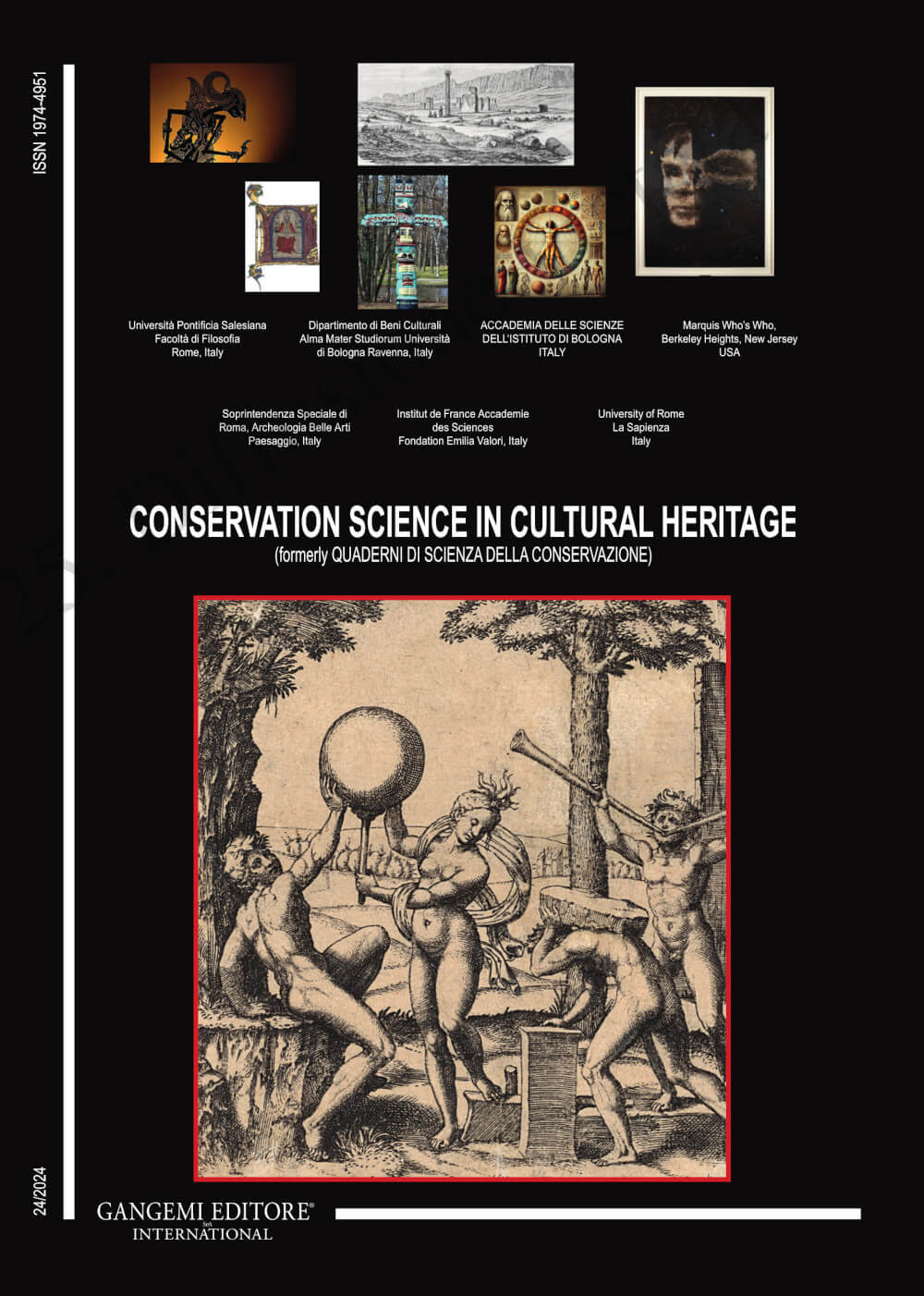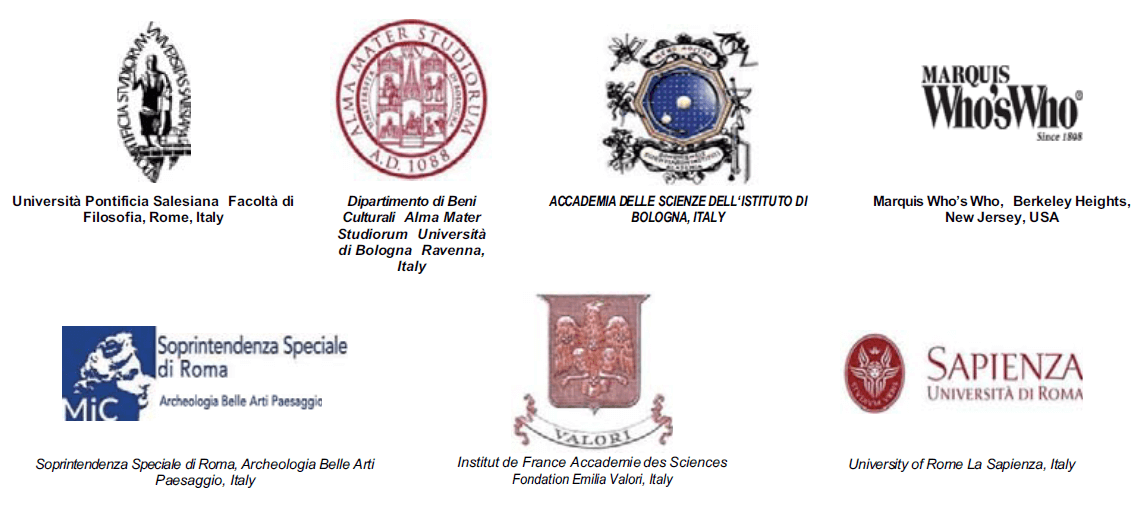Digital art as a future vehicle of contemporaneity: NFTs (Non-Fungible Tokens)
DOI:
https://doi.org/10.6092/issn.1973-9494/22504Keywords:
NFT, blockchain, digital art, authorshipAbstract
NFTs are the main tool for certifying the authenticity and ownership of digital artworks. An NFT is an immutable digital certificate secured via blockchain, a secure technology that ensures the integrity of information without the need for intermediaries. The use of NFTs has become popular since 2017, with the public sale of the first digital artworks and has opened up new opportunities in the art market even within traditional channels such as auction houses. NFTs are often linked to conceptual art and are rapidly evolving along with the concept of "beauty", with works that sometimes explore deformed realities or obsessive aspects. The work of art becomes a metaphor for our world, in which value grows through discussion and social reaction, fuelling a cycle that reflects our often absurd and contradictory reality. The growing popularity of NFTs also raises concerns related to sustainability, as blockchain technology requires a large amount of energy, contributing to CO2 emissions. Digitization, blockchain, the metaverse and cryptocurrencies are rapidly transforming the art market, leading to a new virtual economy and a change in interactions between artists and society, and fostering a more direct system between artists and audiences. In the era of digital humanism, we should aim for a synthesis between the human and the machine and avoid a distorted one-sided vision; it is necessary to be able to understand the impact of new technologies, including artificial intelligence, without being overwhelmed by them. Artificial intelligence and robotic art are gaining ground, but we need to ask ourselves who the real author is, the programmer, the robot or both.
Downloads
Published
How to Cite
Issue
Section
License
Copyright (c) 2024 Salvatore Lorusso, Luca Gugliermetti, Federico Cinquepalmi

This work is licensed under a Creative Commons Attribution 4.0 International License.





